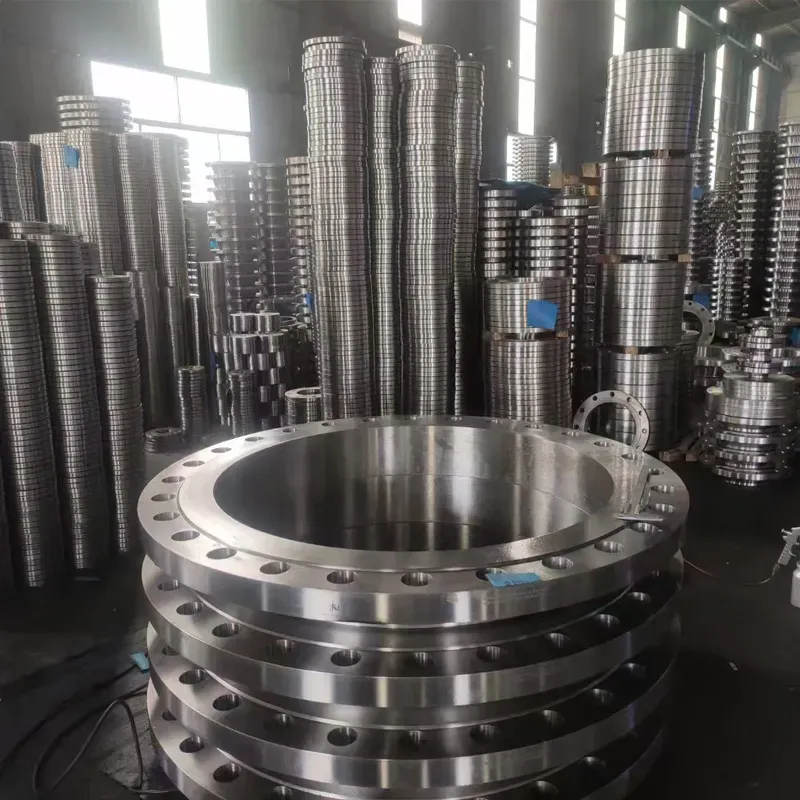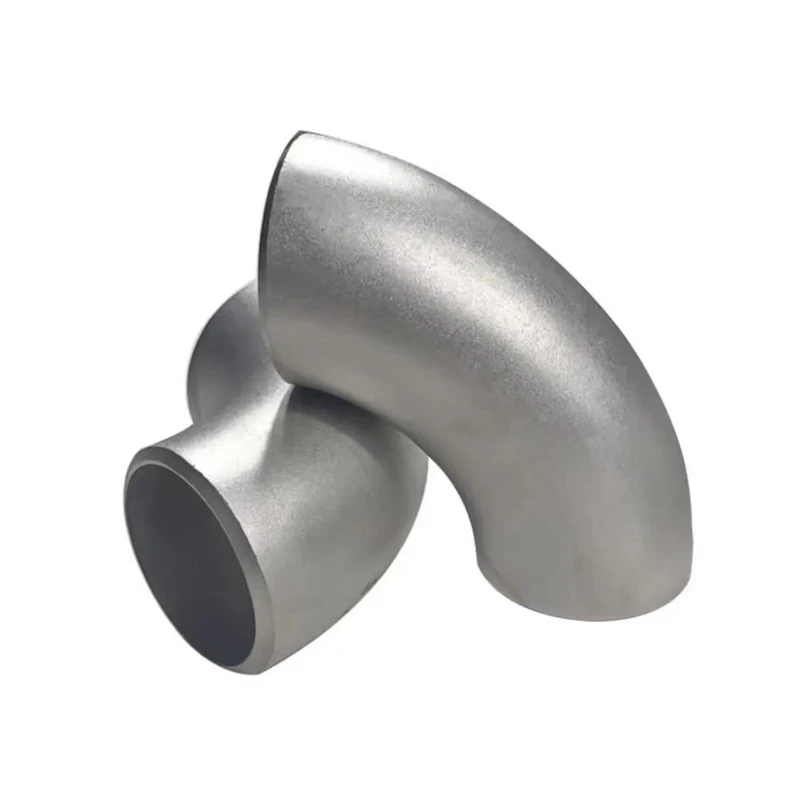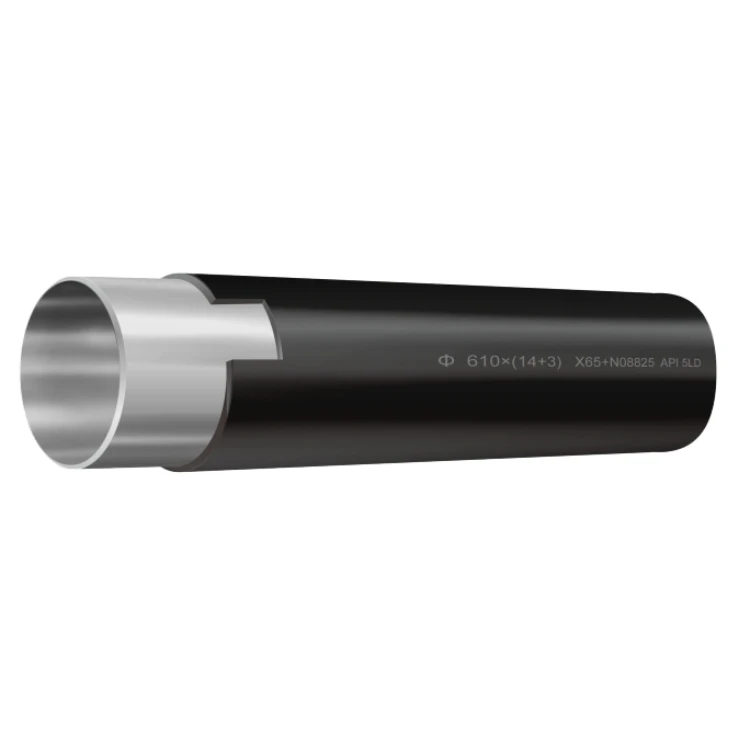Flanges are crucial components in various industrial systems, playing a vital role in connecting pipes, valves, and equipment. Different types of flanges are designed to meet specific operational requirements, offering varying levels of strength, sealing capabilities, and ease of installation. This exploration delves into a range of flanges, including gate valve flange type, gearbox flange, gi flange, grayloc flange, and grinding wheel flange, uncovering their unique features, applications, and significance within different industries.

Gate Valve Flange Type: Ensuring Secure Valve - Pipe Connections
In the realm of pipeline systems, the gate valve flange type stands out as a key element for connecting gate valves to pipes. These flanges are engineered to provide a reliable and leak - proof connection, enabling the efficient control of fluid flow through the valve. A gate valve flange type typically features a flat or raised face, which mates with a corresponding flange on the pipe. The flange is bolted together, compressing a gasket between the two faces to create a tight seal. This type of flange is commonly used in industries such as oil and gas, water treatment, and chemical processing, where the secure operation of gate valves is essential for maintaining the integrity of the system. For instance, in an oil refinery, gate valve flange types ensure that the valves can withstand high - pressure and high - temperature conditions, preventing any leakage of potentially hazardous fluids.
Gearbox Flange: Integrating Power Transmission Components
The gearbox flange serves as a critical interface in mechanical systems that involve power transmission. It is used to connect the gearbox to other components such as motors, shafts, or housings. Gearbox flanges are designed to withstand the torque and forces generated during the operation of the gearbox, ensuring smooth and reliable power transfer. These flanges often have precise hole patterns and surface finishes to ensure proper alignment and secure attachment. In automotive applications, for example, a gearbox flange connects the transmission gearbox to the engine, facilitating the transfer of power from the engine to the wheels. In industrial machinery, gearbox flanges are essential for integrating different parts of the equipment, allowing for the efficient operation of complex mechanical systems.
GI Flange: Corrosion - Resistant and Versatile
GI flange, or galvanized iron flange, is highly valued for its corrosion - resistant properties. The galvanization process, which involves coating the iron flange with a layer of zinc, provides excellent protection against rust and other forms of corrosion. This makes GI flanges suitable for use in a wide range of applications, especially in environments where moisture and exposure to the elements are common. In plumbing systems, GI flanges are often used to connect pipes, ensuring a long - lasting and reliable connection. They are also used in outdoor industrial installations, such as water supply systems for construction sites or irrigation systems in agriculture. The durability and versatility of GI flanges make them a popular choice for many projects where resistance to corrosion is a key requirement.
Grayloc Flange: Quick - Connect and High - Performance Solution
The grayloc flange offers a unique and efficient solution for pipe connections. It is a type of mechanical connector that provides a quick - connect feature, allowing for rapid assembly and disassembly of pipes. Grayloc flanges use a proprietary locking mechanism that creates a secure and leak - tight connection without the need for traditional bolting. This makes them ideal for applications where time - saving and ease of maintenance are crucial, such as in offshore oil and gas platforms or in emergency repair situations. The high - performance nature of grayloc flanges also enables them to withstand high pressures and harsh environmental conditions. Their ability to provide a reliable connection in a short amount of time has made them increasingly popular in industries that require frequent pipe connections and disconnections.
Grinding Wheel Flange: Ensuring Safety and Precision in Grinding Operations
In the field of machining and metalworking, the grinding wheel flange plays a vital role in holding the grinding wheel securely in place during operation. These flanges are designed to provide the necessary clamping force to prevent the wheel from slipping or coming loose, which could lead to serious safety hazards. Grinding wheel flanges are typically made of high - strength materials and have a specific design that ensures even distribution of the clamping force across the wheel. They also help in maintaining the balance of the grinding wheel, which is essential for achieving precise and accurate grinding results. In a manufacturing facility, a properly installed grinding wheel flange ensures that the grinding process can be carried out smoothly and safely, producing high - quality finished products.
FAQs about Industrial Flanges
How to Select the Appropriate Flange for a Specific Application?
Selecting the right flange, whether it's a gate valve flange type, gearbox flange, gi flange, grayloc flange, or grinding wheel flange, depends on several factors. First, consider the operating conditions such as pressure, temperature, and the nature of the fluid or material being handled. For high - pressure applications, flanges with higher pressure ratings are required. Corrosive environments call for corrosion - resistant flanges like GI flanges. Also, take into account the type of connection required, such as quick - connect for grayloc flanges or a more traditional bolted connection for gate valve flanges. Additionally, the compatibility of the flange with other components in the system and the ease of installation and maintenance are important considerations.
What Are the Maintenance Requirements for Different Flange Types?
Maintenance requirements vary for different flanges. For gate valve flange type and gearbox flange, regular inspection of bolts and gaskets is essential to ensure a tight seal and prevent leakage. Bolts should be checked for tightness and replaced if they show signs of wear or corrosion. Gaskets may need to be replaced periodically, especially in high - stress or high - temperature applications. GI flanges benefit from periodic cleaning to remove any dirt or debris that could potentially damage the zinc coating. Grayloc flanges should be inspected for any signs of damage to the locking mechanism and cleaned to ensure smooth operation. Grinding wheel flanges need to be checked for proper alignment and clamping force before each use, and any signs of wear or damage should be addressed immediately to ensure safety.
Can Flanges Be Interchanged between Different Systems?
In general, flanges are designed to be compatible with specific systems and components, and interchanging them without proper consideration can lead to problems. Different flanges have different dimensions, pressure ratings, and connection types. For example, a gate valve flange type may not be suitable for use in a gearbox application. However, in some cases, if the flanges have the same dimensions, pressure ratings, and are designed for similar operating conditions, they may be interchangeable. It is crucial to consult the manufacturer's specifications and guidelines before attempting to interchange flanges to ensure the safety and proper functioning of the system.



